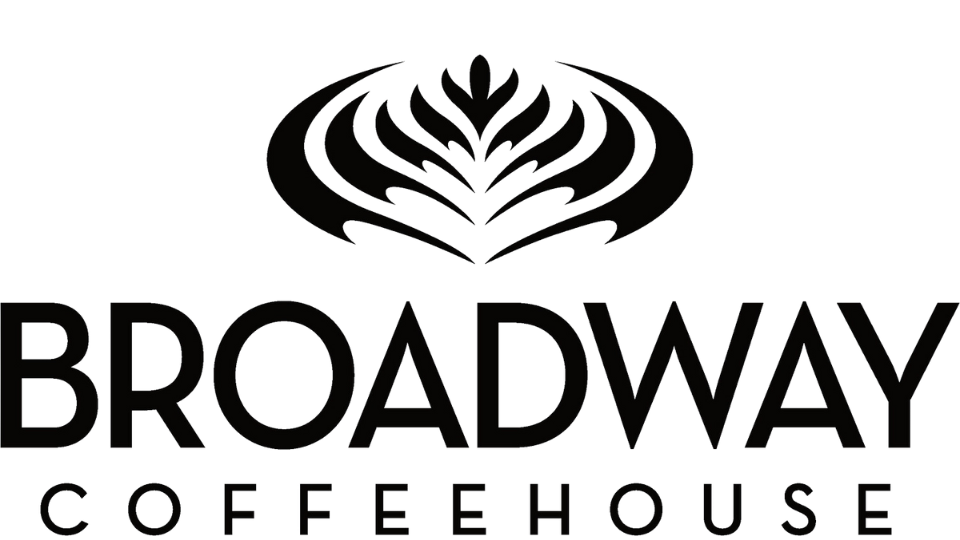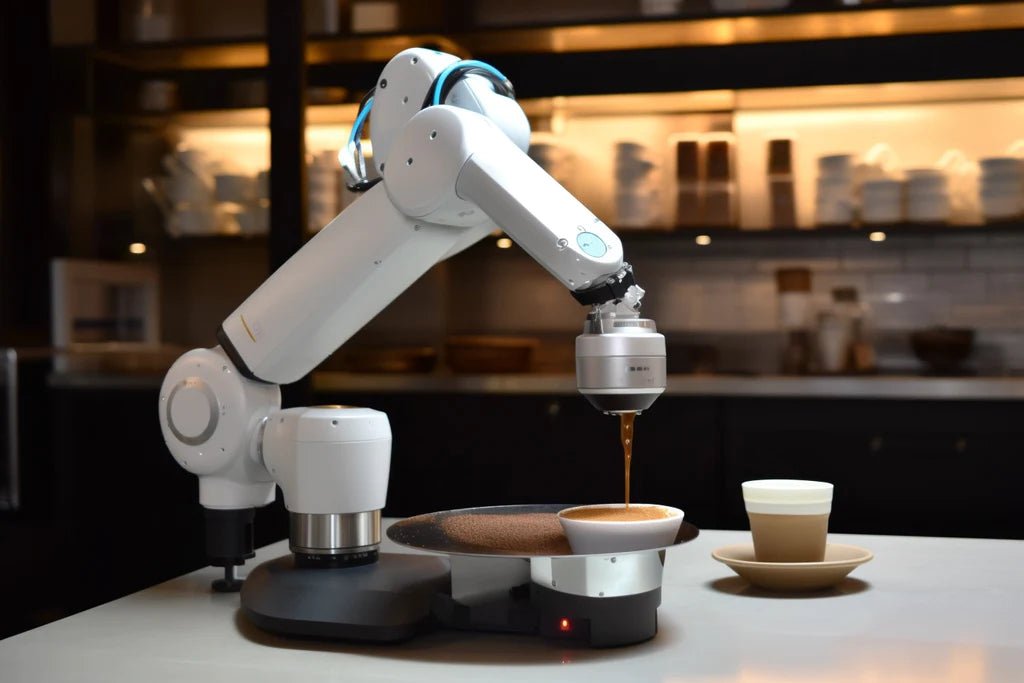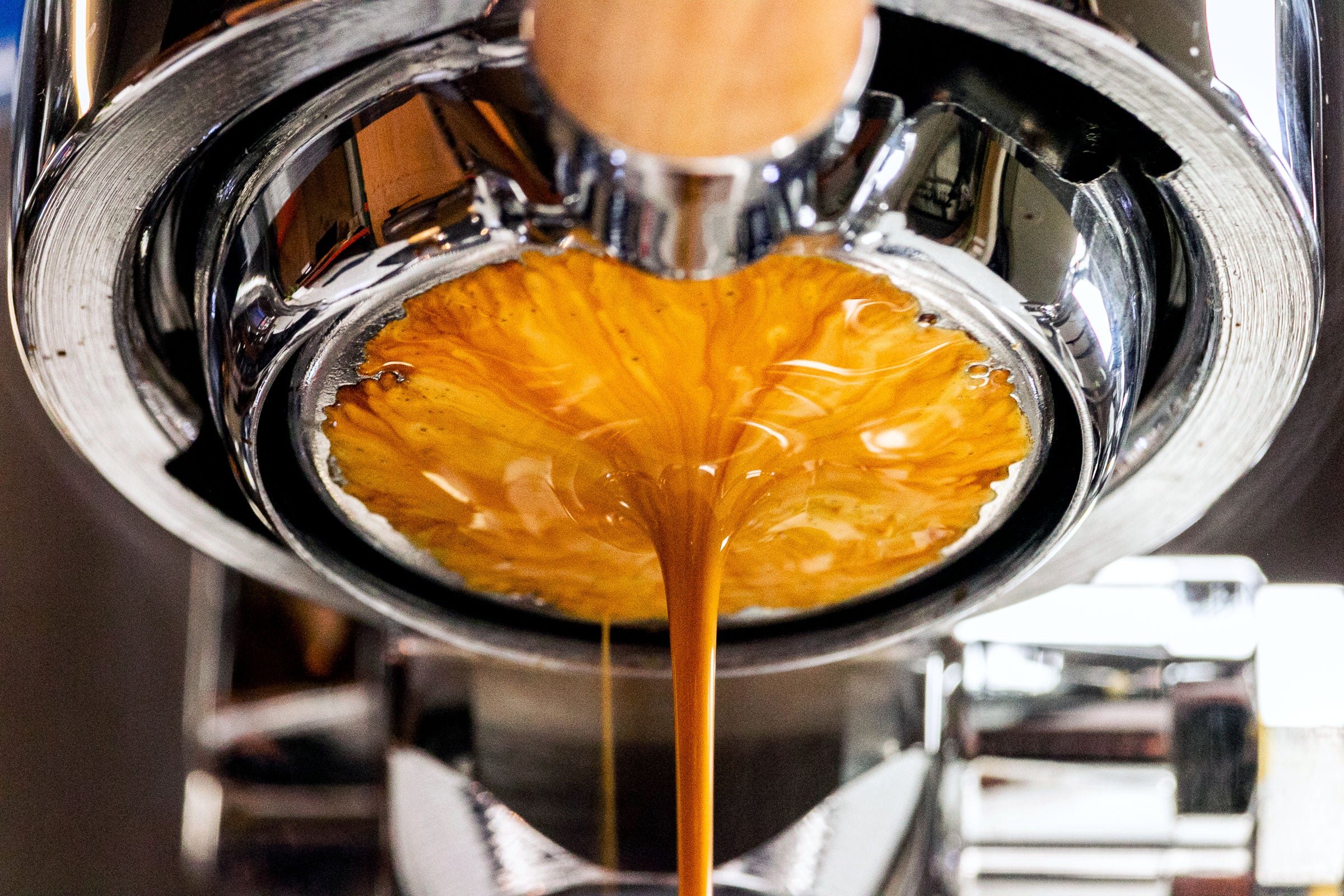Coffee 201
Three (+) Waves, Part 2
This article references content from The 5 Waves of Coffee by Brodie Vissers, Intelligentsia, Stumptown, and Peet’s: Why Craft Coffee Is Consolidating and How We Got To Third Wave Coffee by Eater, and “Nestlé Targets High-End Coffee…” from the New York Times.
OVERVIEW
We talked about the “three waves of coffee” in the last Coffee 201. But things don’t stay static. As we look out to the horizon, we see that new movements are coming (and already here) but that there is much debate about what constitutes the “next wave” in coffee.
Fourth and Fifth Waves?
In the Brodie Vissers video mentioned above, he refers (somewhat cautiously) to a Fourth and a Fifth wave. There’s been talk of these since the Third Wave began to gain traction, likely in part because people want to feel unique and different once something they love “goes mainstream.” Doing a quick google search about Fourth Wave Coffee shows you a chorus of voices defining the Fourth Wave, all of them in completely different ways. Fourth Wave is about scalability and accessibility. Fourth Wave is about environmental consciousness. Fourth Wave is about Coffee as Science. Fourth Wave is about The Home Barista. Fourth Wave is about Cold Brew. Fourth Wave is about being EVEN MORE ARTISANAL.
All the videos waxing poetic about the Fourth Wave speak to perceived shifts within the Third Wave of coffee, and the question of whether that warrants better descriptions of what we do. Within the scope of this article we’ll focus on three shifts: the commercial success of the original Big Three of Third Wave (and similar shops), the pivot in vocabulary from “Third Wave” to “Specialty Coffee”, and the prevailing strong influence and smart business moves of First and Second Wave powerhouses.
The “Boutique” Chain – The Triumph of Third Wave
Like Starbucks in Seattle, the Big Three started as single shops. That’s not the case now. While still “specialty coffee”, Intelligentsia now has seven coffee bars in major cities across the US. Counter Culture has eight; Stumptown has eleven. Much of this is intertwined with a big change that happened in the mid 2010s, being the acquisition of Stumptown and Intelligentsia by Second Wave pioneer Peets, shortly followed by Stumptown gaining prime shop real estate in the Portland Airport. This was a massive shift that skyrocketed Stumptown (and specialty coffee as an industry) to new heights, and has proved to be a massively successful business move.
However, as Stumptown grew, they naturally changed from the accessible, home-grown crew to a more corporate, inaccessible, managed tone. The demand for Stumptown beans meant that, eventually, you could buy a bag of Stumptown’s Hair Bender at the grocery store for a lower price than a local coffee shop. Stumptown’s success resulted in a slow but noticeable change in business model.
This wasn’t an isolated event. In 2017, major Third Wave roaster Blue Bottle from Oakland, CA was acquired by Nestlé. Once upon a time, James Freeman, the founder of Blue Bottle absolutely railed against Nestlé by name, saying there was “a special place in hell” for single-use coffee pods:
“Pod coffee brands like K-Cup and Nespresso have appropriated the language and symbolism of exclusivity without any corresponding craft or deliciousness.” – The Blue Bottle Craft of Coffee
Now, Blue Bottle recently announced their signature line of Nespresso single-use pods, defending the quality of the coffee they could make. However, Freeman’s argument against these pods back in 2012 was not just a quality concern, but an ethical concern (Nestlé is a company regularly in the news for the kind of stuff Third Wave is explicitly against). That leads directly to a second shift: away from “Third Wave Coffee” as an ethos, towards “Specialty Coffee” as a quality marker.
“Specialty Coffee” – The Best of the Best
Lately, the dividing line between “Specialty Coffee” and “Third Wave Coffee” has become more evident. I think this recent situation with Blue Bottle and Nestlé demonstrates this well. We see the rising star of specialty coffee drawing the attention of both a large number of consumers and also large businesses. With the Third Wave of coffee having gone mainstream, we hear things like “consumers demand the best” and see ads for increasingly accessible specialty coffee tailored toward affordability, convenience, and quantity.
To give credit where credit is due, there have been massive innovations in coffee production that have allowed them to maintain delicious taste at high production volume. But is that really what Third Wave coffee is about? Is this new Specialty Coffee the same as Third Wave, or has the industry moved on to something new?
Just as Third Wave functioned as a “split” from Second Wave, so it seems that another split has taken place. Those drawn to the hallmarks of Third Wave don’t seem to be finding a place amongst Third Wave’s greatest successes, at least without significant shifts of priorities. After selling Stumptown, founder Duane Sorenson said what he missed most was roasting coffee and working directly with the farms. That’s what made Third Wave unique: a hands-on, personable approach with farmers, shops, customers, and the coffee itself. Sorenson returned to coffee in 2017, opening Puff Coffee, a shop with a conspicuous emphasis on small-batch, micro lots, communality, and the term “itsy bitsy”. It seems like Sorensen is going back to his roots, yet somehow, it comes across as a pivot.
Unbreaking Waves – First and Second Wave Forever
Amidst the seismic shifts and acquisitions in the industry, it’s worth pointing out the somewhat-obvious. Stumptown and Intelligentsia were bought by Peets, a Second Wave company. Blue Bottle was acquired by Nestlé, a First Wave household name. For all of Third Wave’s success, it’s really the First and Second Wave that have come out on top with smart business moves and market-savvy acquisitions. In some ways, it may be appropriate to say that there are no distinct waves anymore, as the three appear to have fused into the new hydra of commerce that is Specialty Coffee.
And, existing as a constant undercurrent beneath all these discussions, it’s important to remember that there are a lot of people who simply don’t buy into the hype of Second and Third Wave. On the consumer side, specialty coffee is expensive, which means that in the eyes of many, it is something for the wealthy or irresponsible (insert a WSJ article about the money millennials could save if they forewent their daily Starbucks). Single origin sourcing and direct trade has done right by many coffee farmers, securing a fair wage for their work, but the flip side of that is a bag of coffee that costs $18, and a latte that costs $7. People like my dad will always buy their whole bean coffee from Costco and make it at home.
So What’s Next?
If the Fourth (or Fifth) Wave of coffee is scalability and “the business of coffee” – bringing high-end coffee to the masses – then you can make an argument, as Vissers does, that Blue Bottle is ahead of the curve. Partnering with First Wave megalith Nestlé and releasing a line of Nespresso pods developed to have an artisan, high-end taste, made available in the comfort of your home – that’s a masterstroke in unifying multiple strands of coffee into a new whole. But I’m not convinced that it’s Third Wave coffee anymore.
That raises the key question: are the values of Third Wave coffee still relevant? I believe that they are.
After eight years working at a Third Wave shop, I’m convinced that making good coffee is about more (but not less) than just quality and taste. I’m still convinced that direct trade is important, that transparency and ethical payment makes a difference, that spotlighting coffee producers and giving credit where it’s due is an honorable and decent thing to do. I’m still convinced that quality born out of stewardship, not consumeristic “demanding the best”, is the best way to make “good coffee.” And I’m still convinced that opening and running a local, small business is not a necessary stepping stone towards global distribution, but a worthwhile pursuit in and of itself. Maybe, amidst changing tides and “waves”, the answer is to just keep doing things the best way we know how.
















